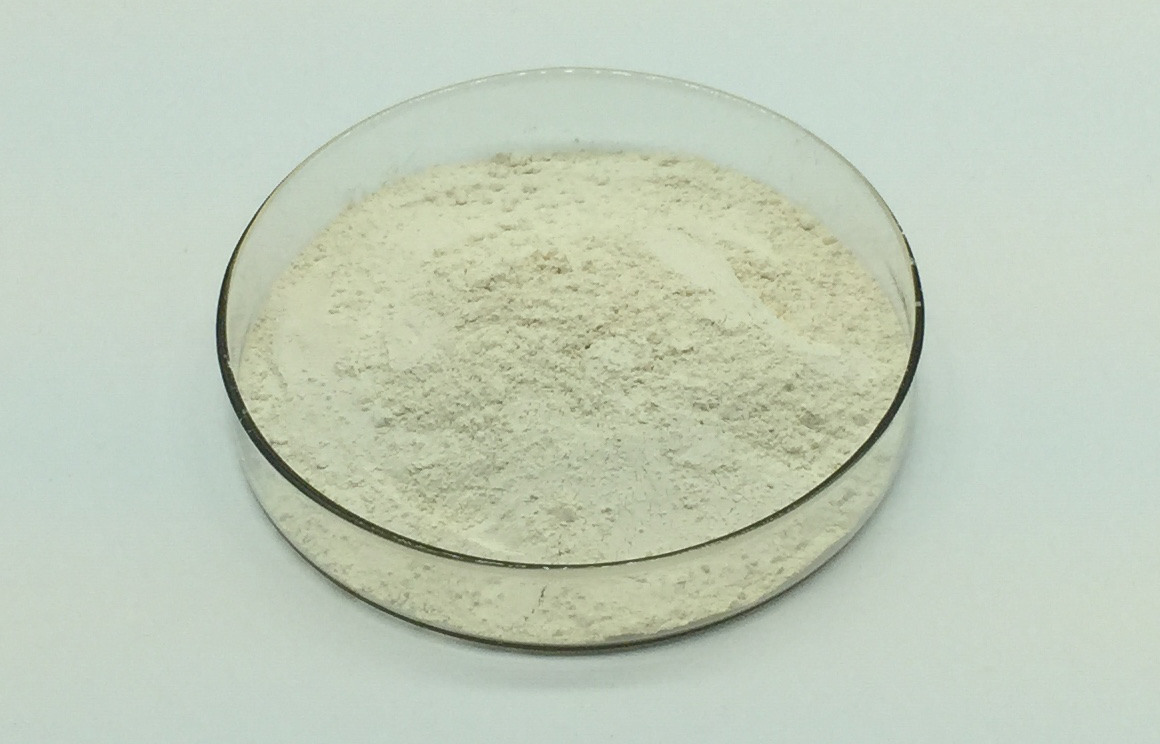Silk fibroin is a natural protein derived from the fibers of silkworms and spiders. It has gained significant attention in various fields, including medicine, textiles, and materials science, due to its unique properties. If you’re looking for the materials and methods used in working with silk fibroin, here is an overview of the key aspects:
Materials of Silk Fibroin:
1.Silk Cocoons: Silk fibroin is primarily obtained from silkworm cocoons. The cocoons are boiled to soften the sericin, a protein that glues the silk threads together, and the fibroin is then separated.
2.Solvents: To work with silk fibroin, various solvents are used, including:
Aqueous Solutions: Water-based solvents like water, salt solutions, or buffer solutions are commonly used.
Organic Solvents: Organic solvents like ethanol or hexafluoroisopropanol (HFIP) can be used to dissolve silk fibroin.

Methods of Silk Fibroin:
1.Degumming:
The first step is degumming, which involves boiling the silkworm cocoons to remove sericin, the sticky protein that surrounds the fibroin.
After degumming, the fibroin can be dried and stored.
2.Dissolution:
The next step is to dissolve the fibroin in a suitable solvent. The choice of solvent depends on the intended application.
Commonly used solvents include water, salt solutions, and organic solvents like HFIP.
3.Processing:
After dissolving the silk fibroin, it can be processed into various forms such as films, fibers, gels, or sponges.
The processing method can include techniques like casting, spinning, or freeze-drying, depending on the desired final product.
4.Crosslinking:
Crosslinking agents may be used to stabilize the silk fibroin structure and improve its mechanical properties.
Common crosslinking agents include glutaraldehyde, genipin, and UV radiation.
5.Characterization:
Various techniques are used to characterize silk fibroin materials, including scanning electron microscopy (SEM), X-ray diffraction (XRD), Fourier-transform infrared spectroscopy (FTIR), and mechanical testing.

6.Applications:
Silk fibroin materials have a wide range of applications, from biodegradable medical implants to textiles, wound dressings, and more.
7.Biomedical Applications:
In biomedical applications, silk fibroin is used for tissue engineering, drug delivery, and as a scaffold material for regenerative medicine.
The sterilization of silk fibroin-based materials is often crucial for medical use.
8.Textile and Fashion:
In the textile and fashion industry, silk fibroin can be used to create unique, sustainable fabrics and garments.
9.Dyeing and Printing:
Silk fibroin can be dyed and printed with various dyes and pigments to create colorful and visually appealing materials.
Keep in mind that working with silk fibroin can be complex and may require specialized equipment and expertise, especially for medical and high-performance applications. Researchers continually explore innovative methods and applications for silk fibroin due to its remarkable mechanical properties and biocompatibility.
